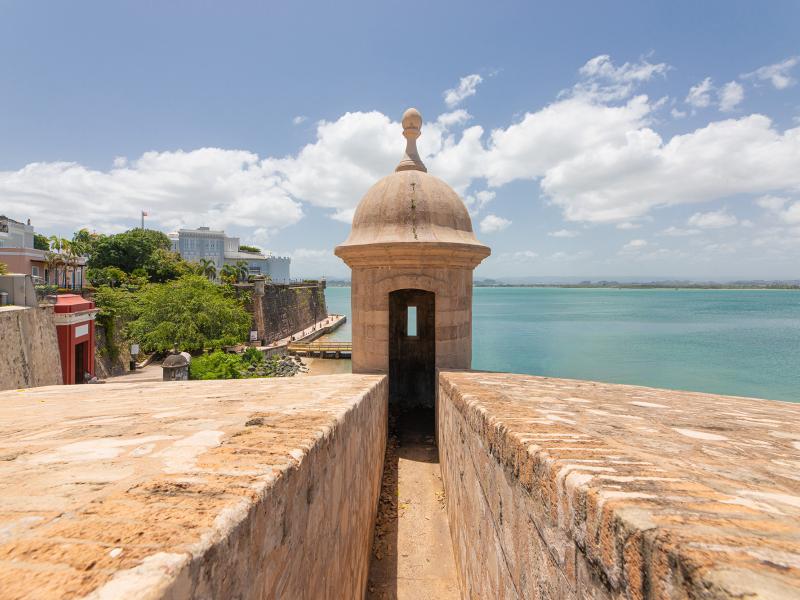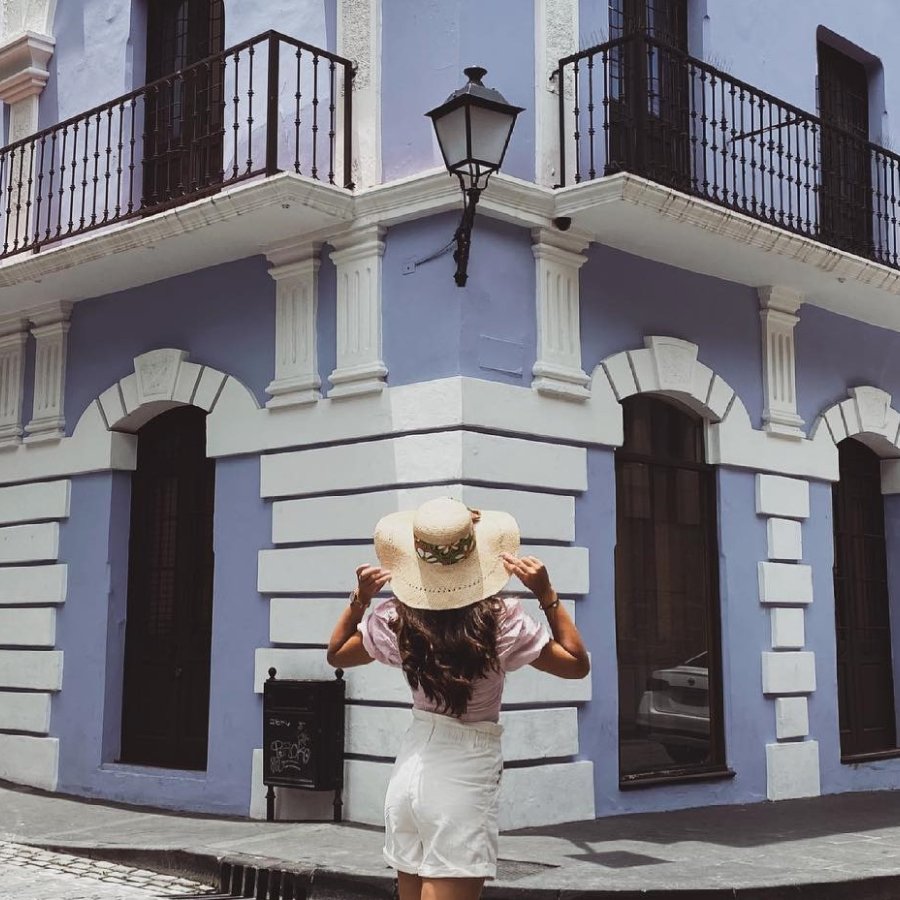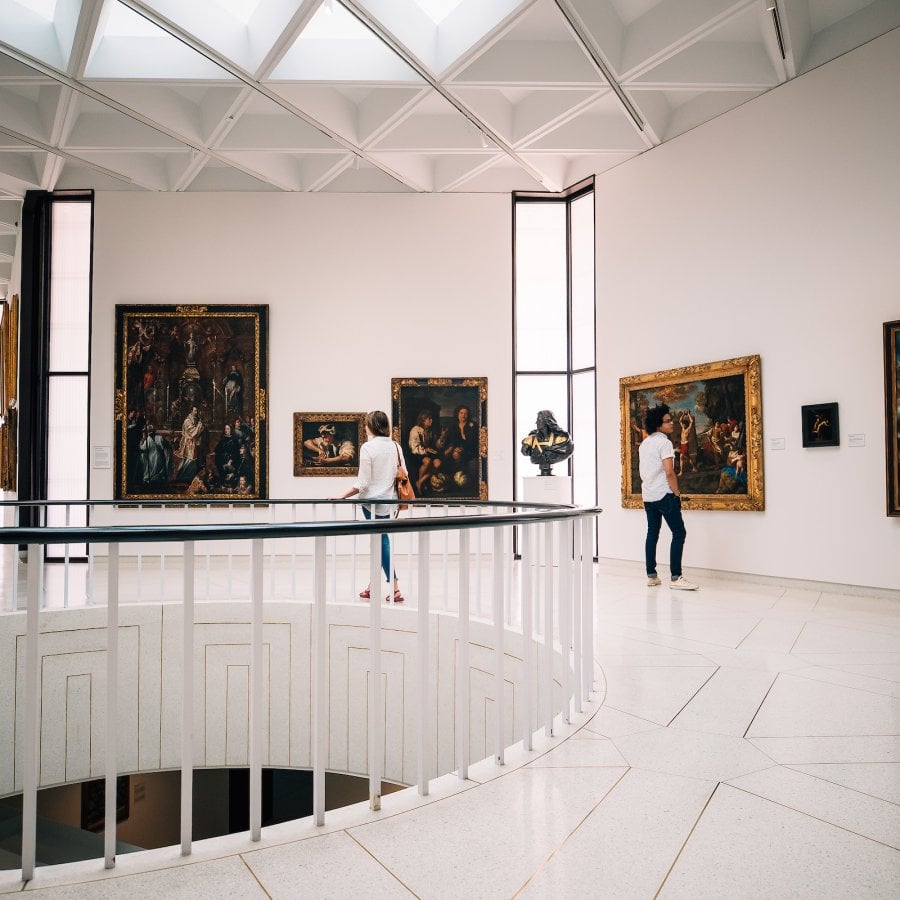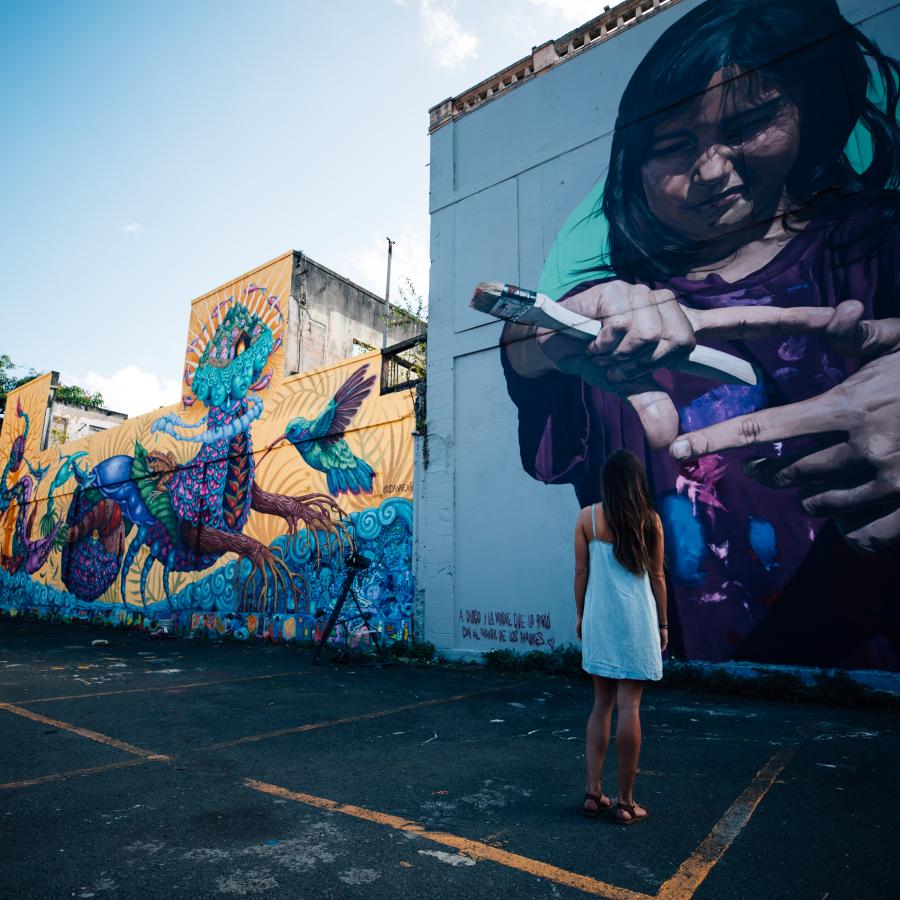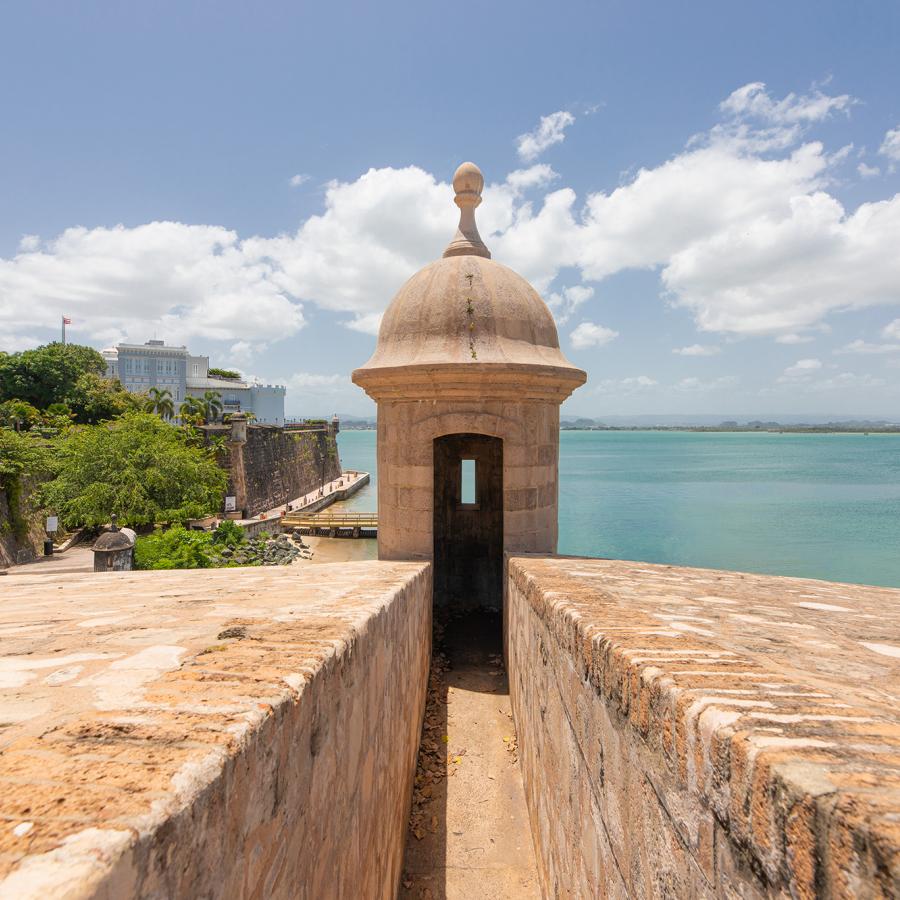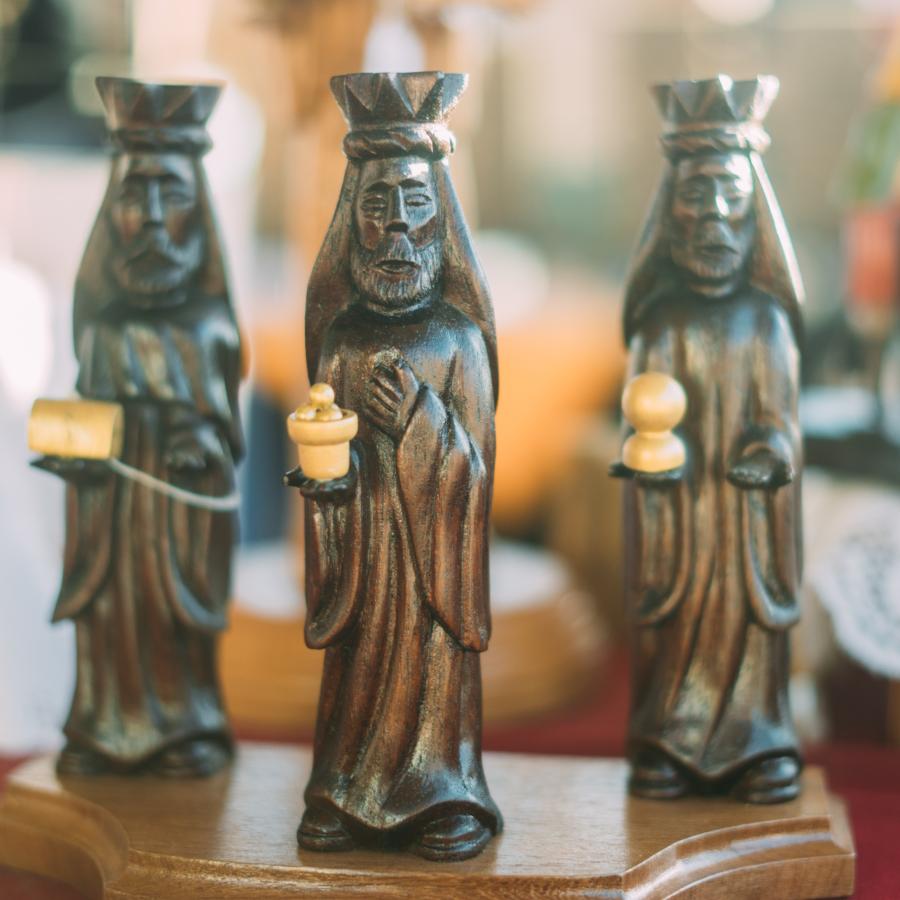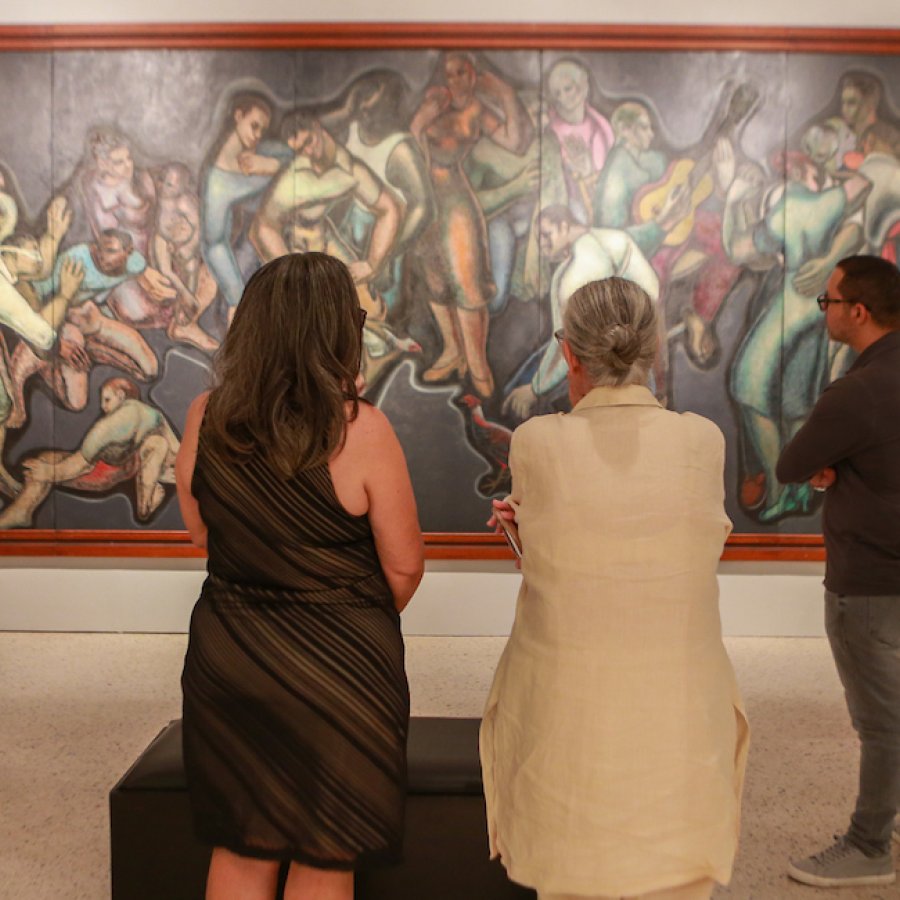There is so much more than just the beach.
Puerto Rico is the very definition of a melting pot. Centuries-old traditions from three very different cultural groups led to the modern-day Boricua; very warm, vibrant, joyful people ready to welcome you to their piece of paradise.
The essence of Puerto Ricans traces back to the ancestors that shaped and wrote the Island's story: the Spanish, Taínos, and African people who brought very distinctive traits to the mix. Spend a few days around the Island, and you'll discover just how intertwined and blended these ethnicities are and just how much each takes center stage in ever-day-life.
From the mountains to the beaches, the sights, and the food, you'll experience Puerto Rico's enriching identity and historical value everywhere you go.
Note: It is recommended to rent a car to explore at your pace and convenience.
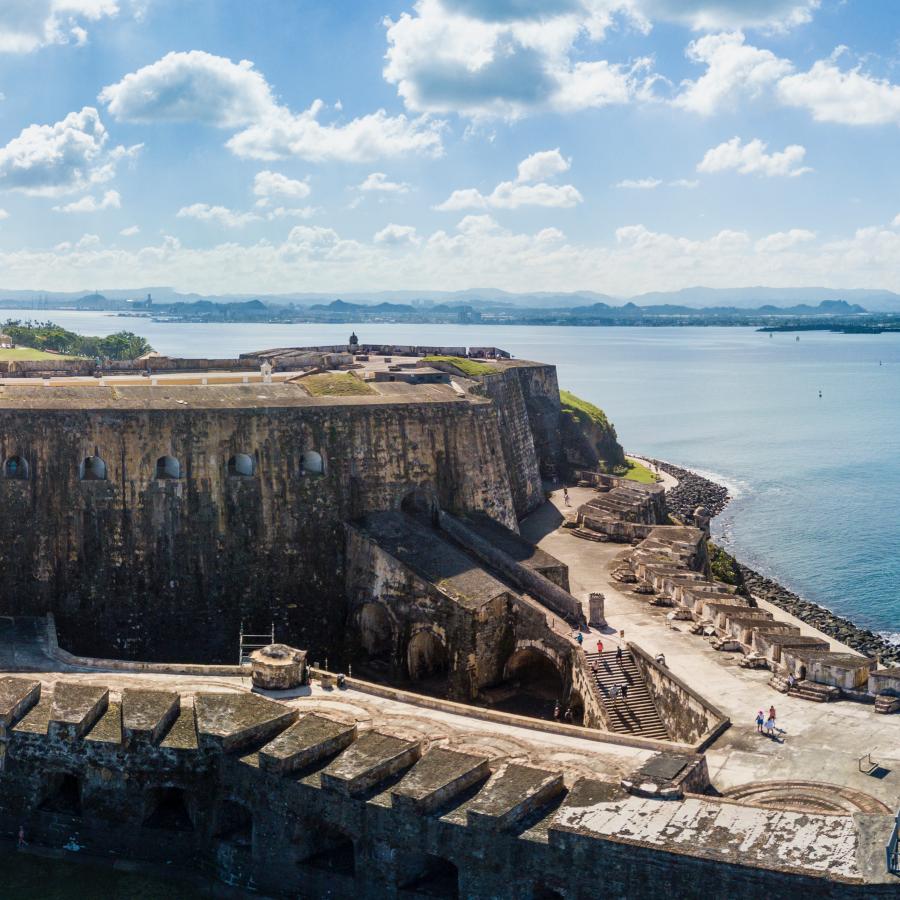
El Morro fort in Old San Juan.
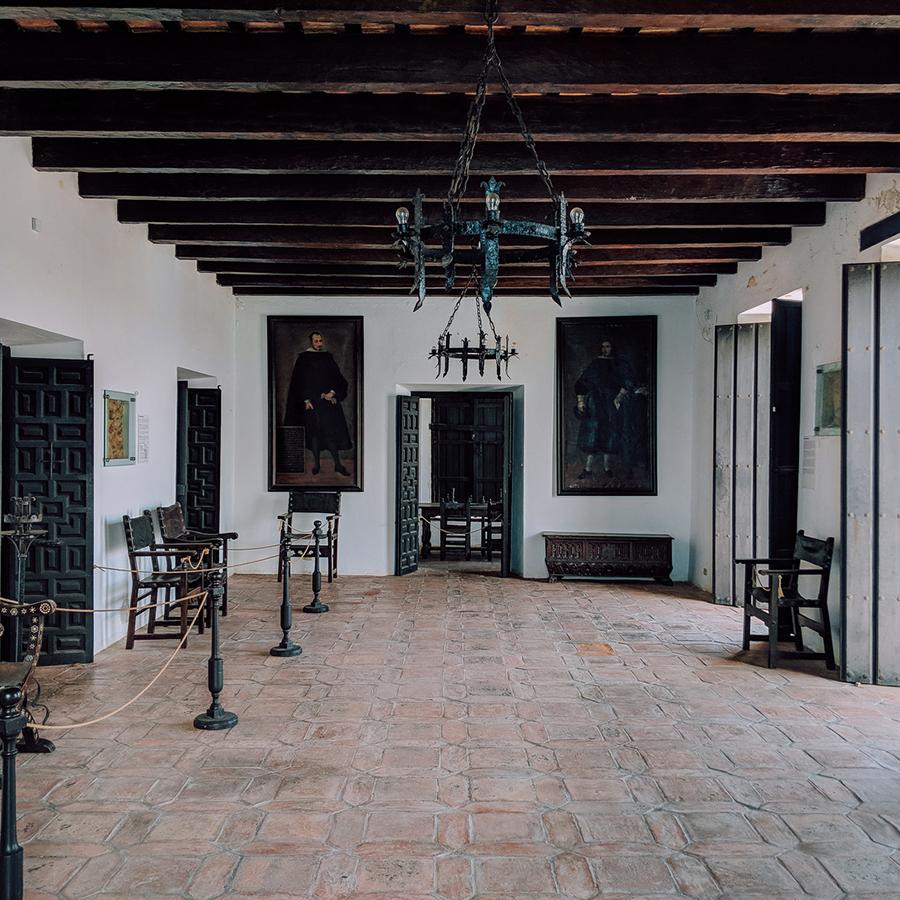
Casa Blanca Museum in Old San Juan.
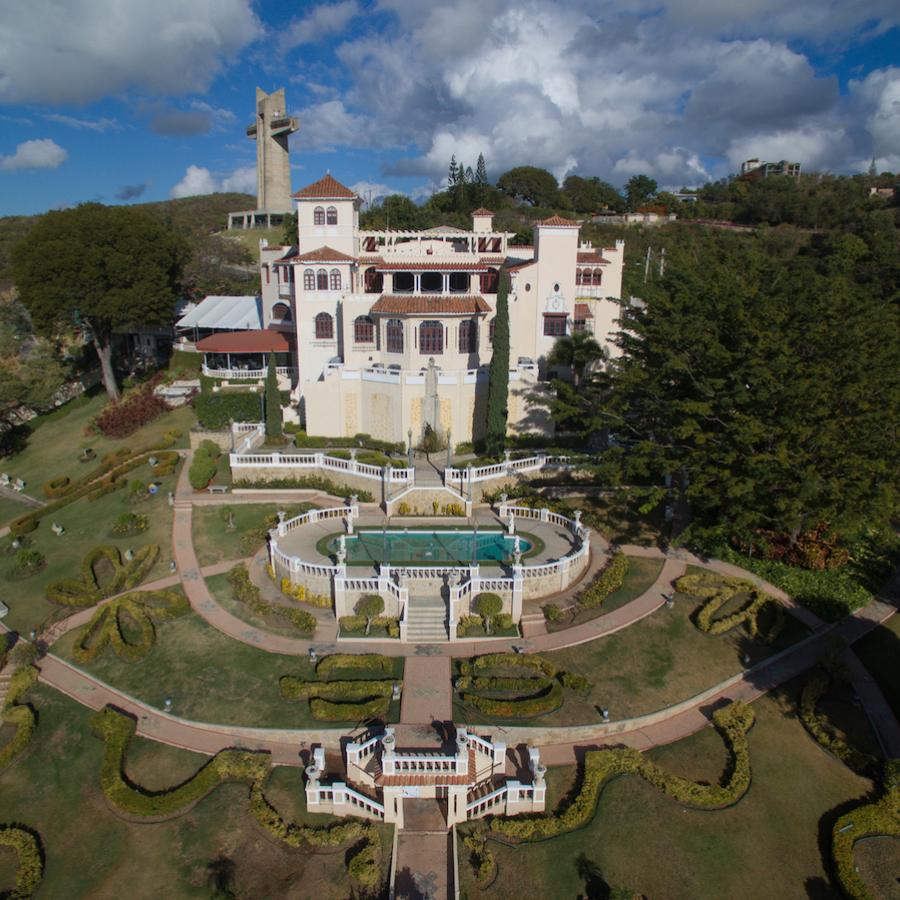
Castillo Serrallés: former home of the Serrallés family, owners of the Don Q distillery.
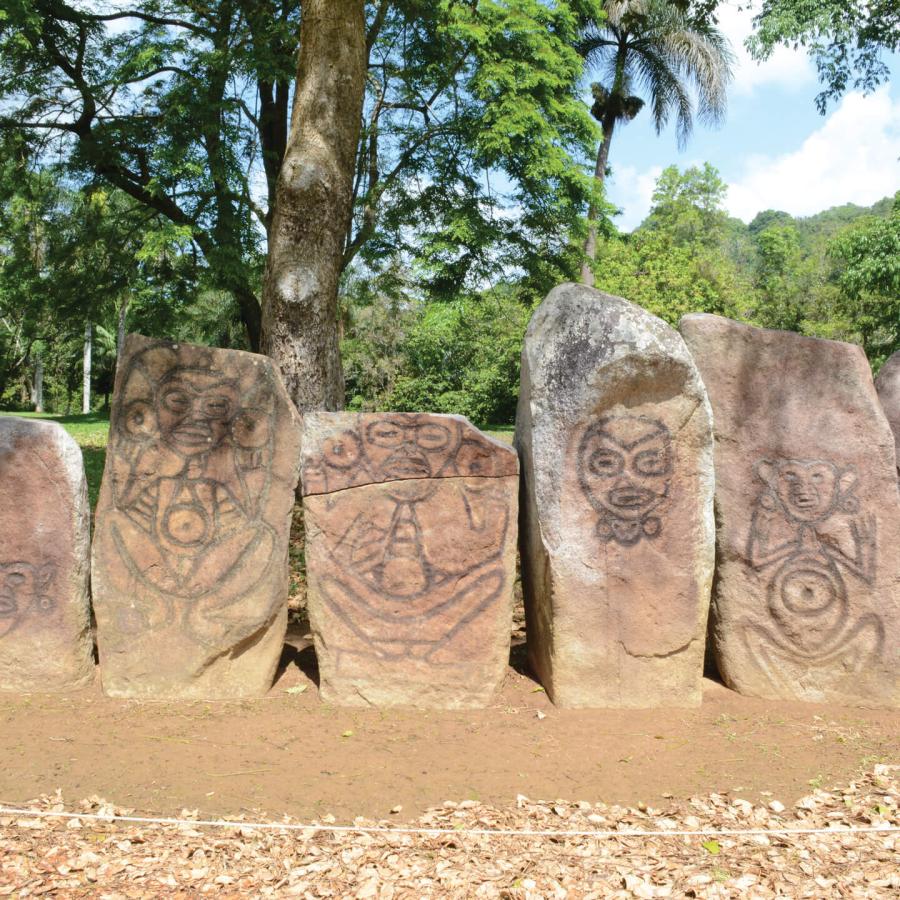
Caguana Indigenous Ceremonial Park in Utuado.
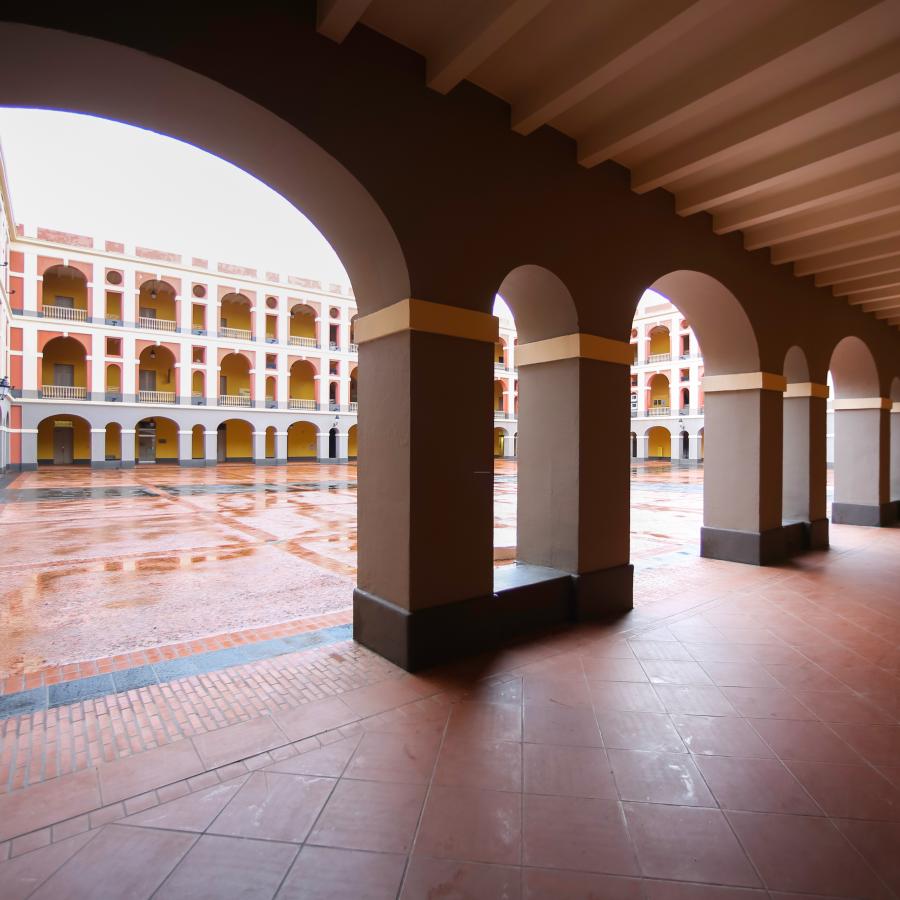
The courtyard of the Museo de las Américas in the Cuartel de Ballajá.

Cathedral Basilica of Saint John the Baptist, or La Catedral.
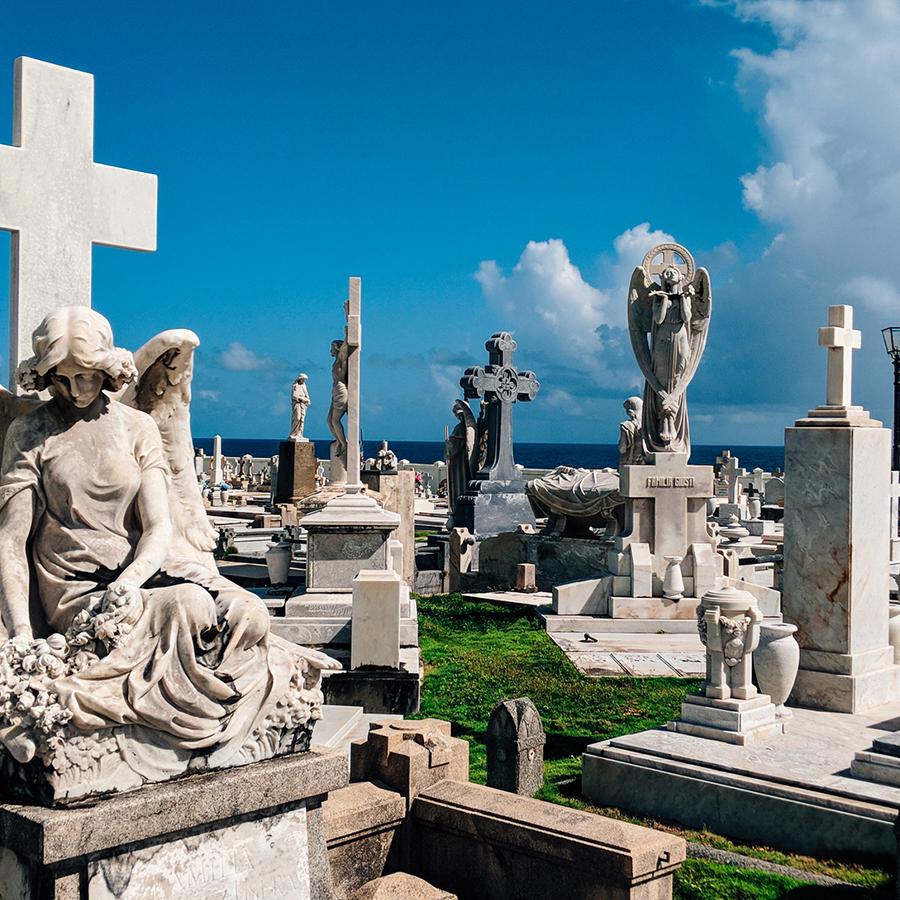
The historic Santa María Magdalena de Pazzis Cemetery in Old San Juan.
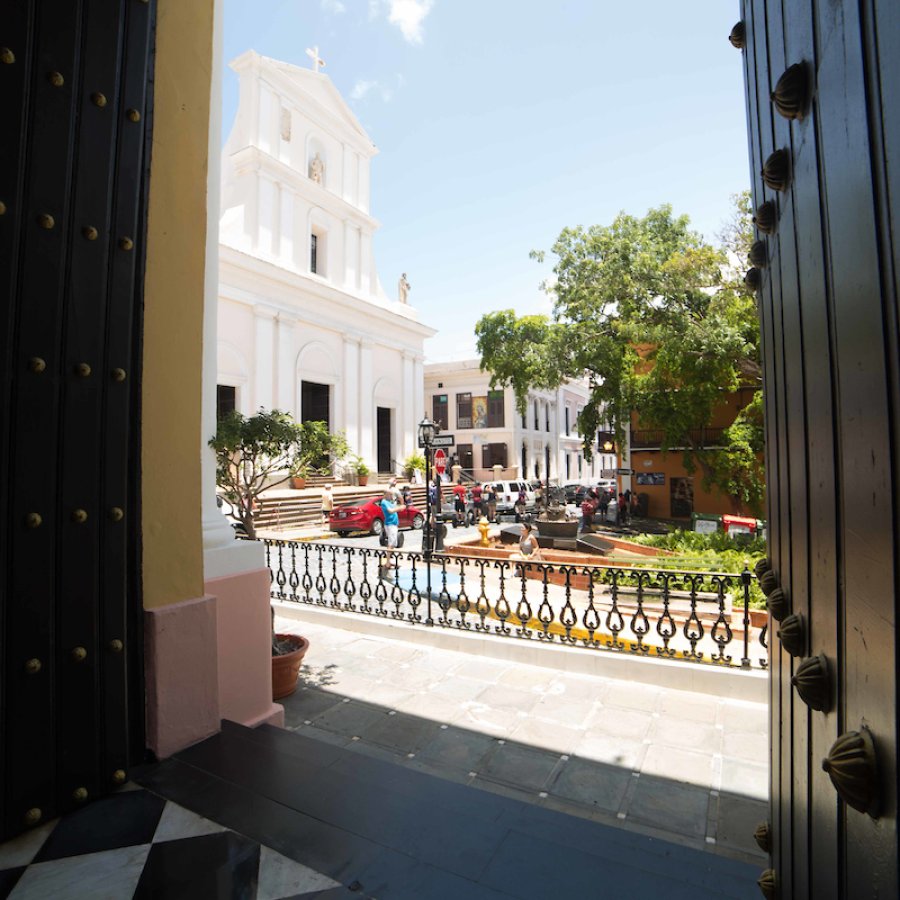
El Convento hotel was one of the first convents to exist in Puerto Rico.
Day one: Get the lay of the land!
You have arrived and are ready to soak in some culture—what better way to do it than indulging in some authentic Puerto Rican cuisine. In Puerto Rico, they say that "el amor entra por la cocina" (love comes through the kitchen), and that is precisely the first impression you'll have when you head over to La Casita Blanca. Besides having a great meal in this little white house in the Santurce neighborhood, you will experience a setting reminiscent of the early jíbaro puertorriqueño. Pictures hanging on the walls, quinqués (kerosene lamps) lighting up the room, and some salsa music playing in the back will situate you in a house like abuelita's. Find staple dishes like arroz con habichuelas (rice and beans), serenata de bacalao y majado de viandas (mashed root vegetables with codfish), and different stews that will warm your soul.
Explore the Santurce Neighborhood
Once you're done with lunch (or dinner, depending on the time you got in), drive over to the accommodation of your choice to unwind. Take some time to research and learn a little about the historic journey you're about to embark on and the sites you will visit during your trip. You can book a stay at any hotel or independent rental in the area. Still, we recommend Hotel El Convento in Old San Juan — a former Carmelite convent turned luxury hotel that preserves the first convent on the Island's architecture. There is also The Gallery Inn, the former home to a Spanish artillery captain in the 1730s. There, you'll find original art and sculptures scattered through the property.
Take advantage of the night and visit historic La Placita de Santurce, a marketplace during the day turned street party at night. There, you can engage with locals and their nightlife scene in places like Garabatos and La Penúltima.
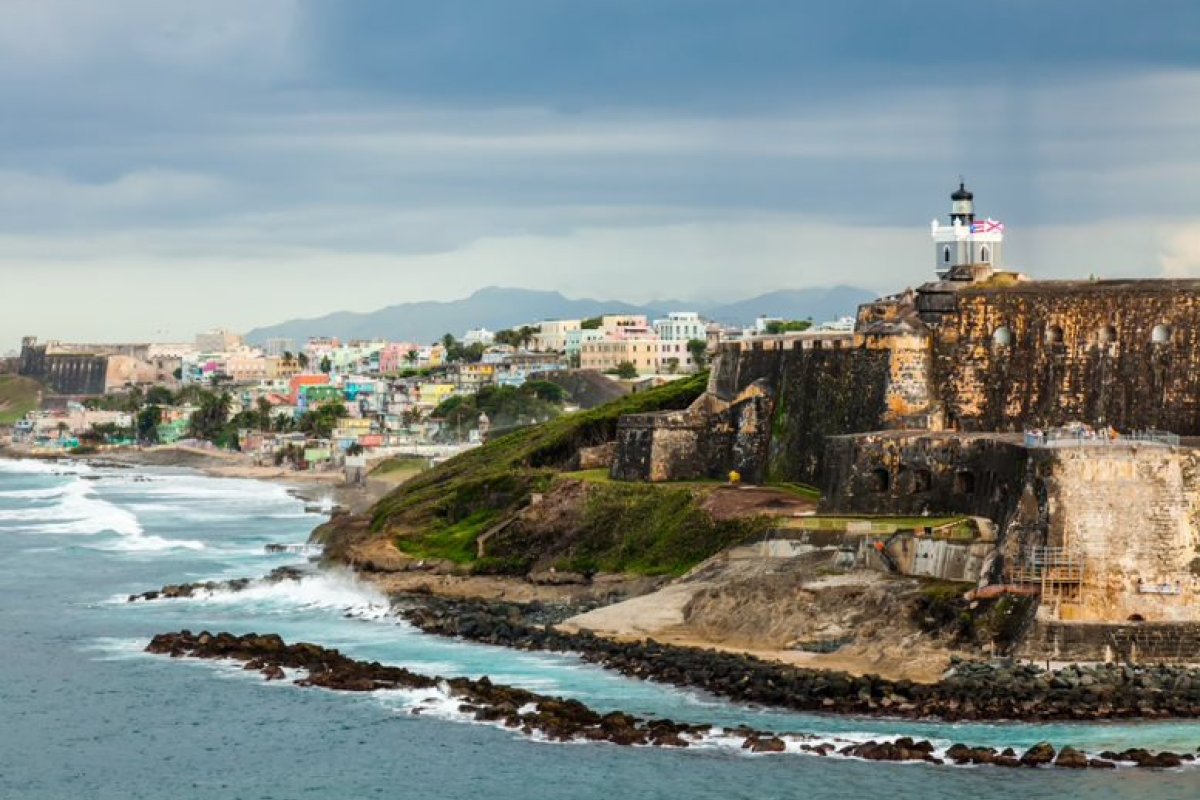
Old San Juan holds within over 500 years of history.
Day two: Within the walled-city
You had a pretty chill first day, so it is time to break out your list of iconic places to discover and head out on a historical tour. If you want to make sure you don't miss anything important, take a guided tour with the exceptional people of Flavors of San Juan or Spoon. You'll be learning all about the discovery of Puerto Rico, Juan Ponce de León and his quest for the fountain of youth, and snack on some staple Puerto Rican cuisine along the way. Old San Juan is also meant to be discovered at one's pace, so a solo walking tour with key points to go can also do the trick.
There is no more "in your face" site than Castillo San Felipe del Morro, which can serve as a starting point atop the city as you explore your way down the cobblestone streets. With 500 years of stories within, this fortress in the so-called "walled city" carries the tales of early Puerto Rico and the Spanish ruling era over this Caribbean gem. You can also visit the resting place of prominent and important people in Puerto Rican history at the Santa María Magdalena de Pazzis Cemetery. Right across from it is the Cuartel de Balljá, the old military barracks that now houses the prestigious Museo de las Américas. Take your time through the exhibitions, which portray Puerto Rico and the Americas' cultural heritage, emphasizing African ancestry and Colonization. Right there, you can take a break and enjoy authentic Puerto Rican coffee at Café Don Ruiz, a four-generation coffee shop inside the barracks.
Walk across the Plaza del Quinto Centenario, which commemorates Colombus' first voyage to the Americas. There, take notice of the 40ft Totem that symbolizes the beginning of a New World, great for a photo op! As you walk down to the bahía, you'll encounter monuments, museums, plazas, chapels, and cathedrals that hold dear the essence of the Island's stories. To keep with the history theme of your trip, grab a bite at Barrachina, one of the places that claim they invented the emblematic piña colada.
At night, relax the mind (and soul) with fun activities like night kayaking or paddleboarding at the lagoon, or go bar hopping through the blue cobblestone streets. You can also plan to have a sit-down dinner at La Mallorquina, the Island's oldest restaurant specializing in Spanish food such as asopao, gazpacho, arroz con pollo, and paella.

Caguana Indigenous Ceremonial Park in Utuado.
Day three: Follow the Taíno route
The second day was pretty ambitious; that's why you're heading out on a road trip to continue your historic adventure around Puerto Rico. Today is time to learn about the Taínos, the first known inhabitants of Puerto Rico. The Taínos were scattered all around the Island, and parks and caves still conserve most of its petroglyphs. Dress comfortably, as you will be doing some hiking and walking during your indigenous expedition.
To start your day, grab a hearty breakfast at your hotel, a nearby restaurant like Chocobar Cortés, or a local panadería. Set your GPS to the town of Utuado in the mountainous region of the Island to discover the Ruta Taína. At the Centro Ceremonial Indígena Caguana, you'll find the most comprehensive Taíno archeological site. Situated an hour and a half from San Juan, the park includes ten plazas or bateyes, over 20 large petroglyphs, stoneware, and other utensils to be seen. The park tour inspires a deeper connection to Puerto Rico's history on a spiritual level, as the place provides a quiet and beautiful setting.
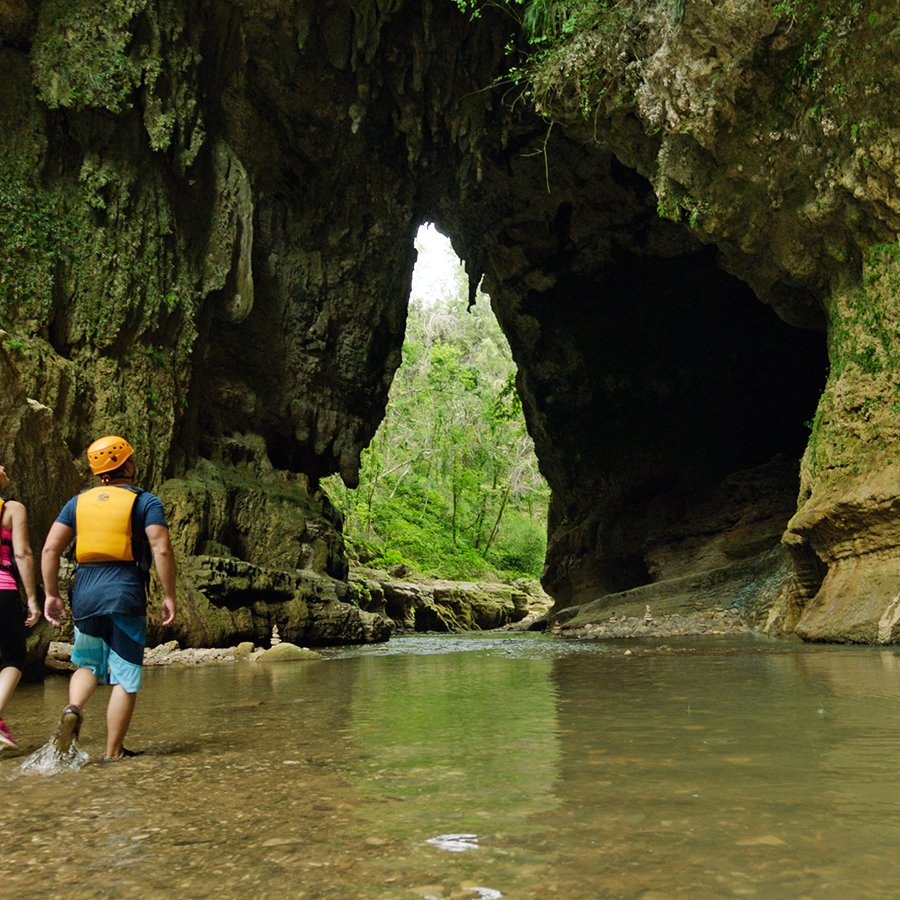
Explore the wonders of the Tanamá River in Utuado.
While in Utuado, you can stop by Joya de Santana, an indigenous cemetery that keeps the inscriptions of ancient stones of the Jauca river; or check the monument dedicated to Cacique (chief) Don Alonso in the town's square. You can also tour the Café Gran Batey coffee plantation to learn about the growing and roasting coffee process and sample a freshly brewed cup. Suppose you're feeling adventurous and dare to try something different. In that case, you can book a canyoning experience along the Tanamá river, where you can also find archeological sites and petroglyphs.
Before departing back to San Juan, finish your day with dinner at Hijos del Josco. You'll find some of the best tostones and mojitos in the area in this small restaurant.
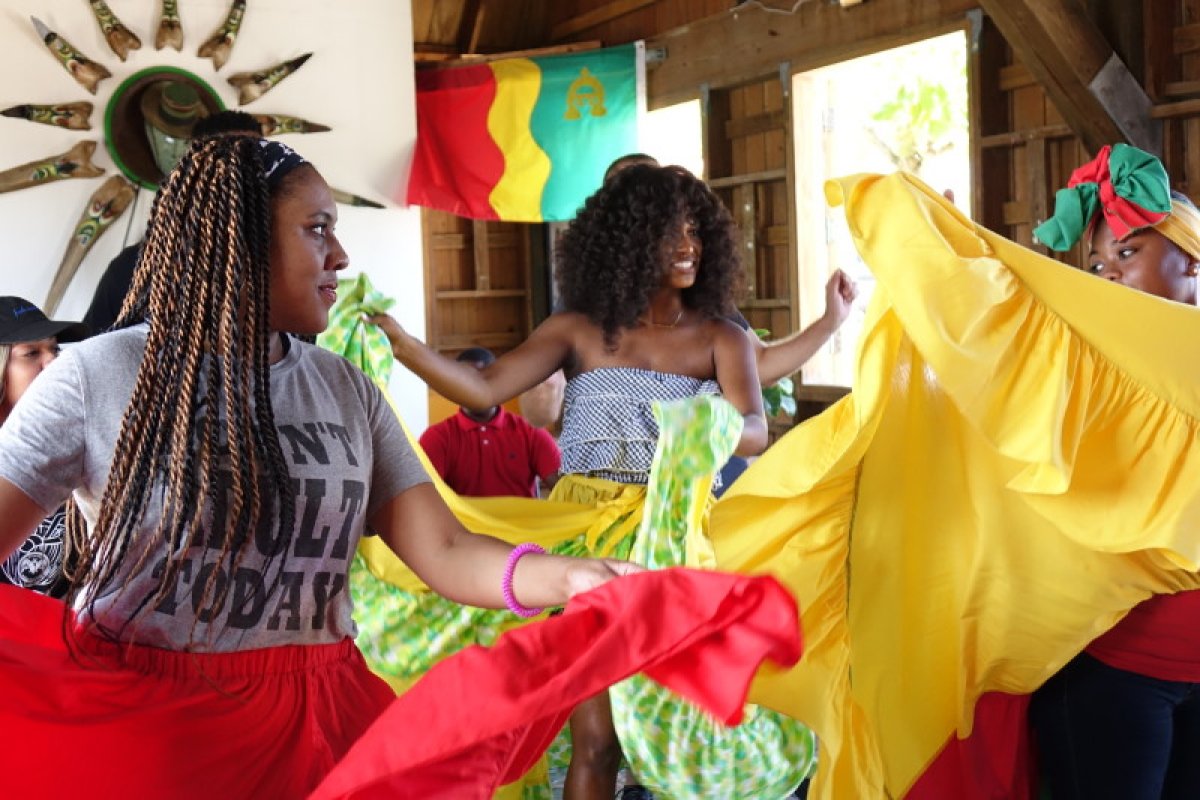
Bomba is a musical and dance expression passed down by African ancestors.
Day four: Feel the African beat
Your trip is missing one crucial ingredient to the Puerto Rican mix: African Culture. Last but not least, experience the rhythms, cuisine, and vibrancy of our Afro ancestors by visiting the town of Loíza on the east coast of Puerto Rico.
The African heritage can be seen all around the town, from the colors of the municipality's flag to murals, the food at the chinchorros, and the music. The town is known as the "Capital of Traditions," and you can learn why at the Batey de los Hermanos Ayala, a center dedicated to highlighting the folklore. There, you'll find a small house turned museum full of instruments and other keepsakes that have passed down through many generations of the Ayala family. This intricate group has kept the tradition of vegigante crafting and teaching the sounds and movements of bomba and plena. You'll either catch a performance or end up dancing in the middle of the plaza.
Right across the batey is Samuel Lind's art studio and home, a local artist representing Puerto Rican culture worldwide. From the moment you set foot in his house, you can feel the energy of Puerto Rico's yesteryear seeping through. Most days, you can find Mr. Lind walking around or working; you can get a guided tour of the home by the artist himself.
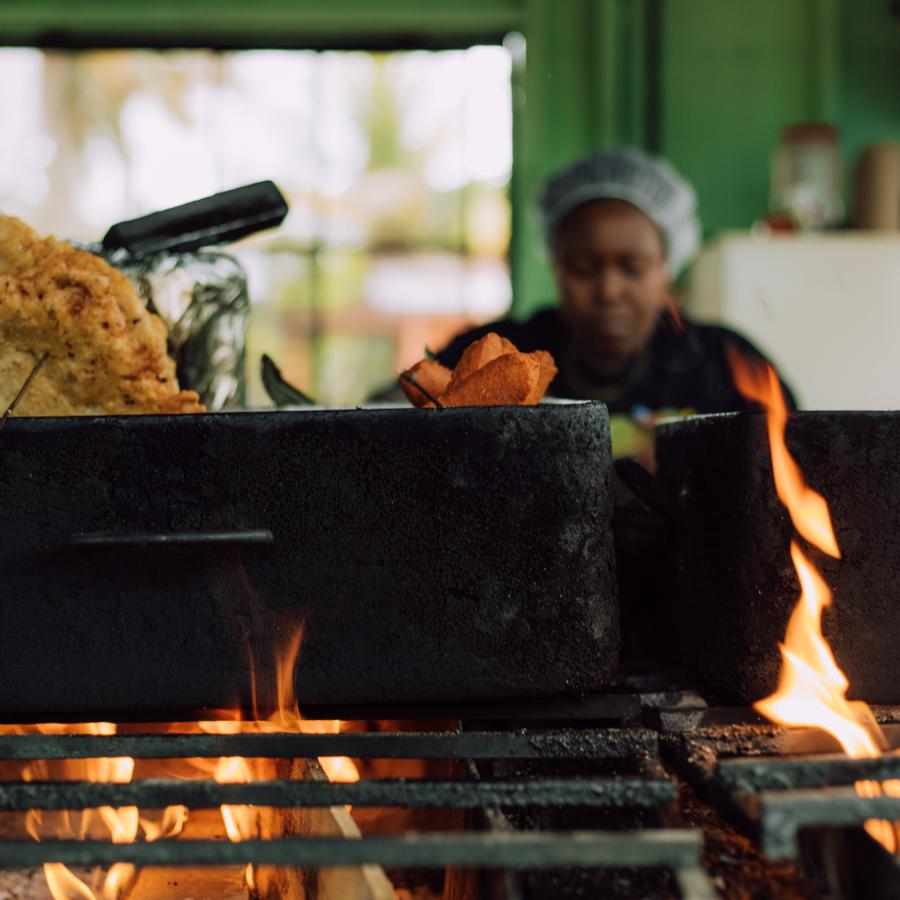
Be sure to grab some fritters in Piñones.
On your way to the next stop, the Cueva María de la Cruz, stop by El Sazón de Sylvia, a small kiosk by the side of the road where you'll have the best alcapurrias in the east region. Once at the cave site, take a class on the turban's history and how to wrap it. You can even purchase some while you're there.
Of course, on your way back to your hotel, you must pass by Piñones, Puerto Rico's most picturesque ocean drive. Enjoy local dining with beachfront views like Hook'd, Agüeybanó Bar & Grill, or El Nuevo Acuario and taste the delicious mofongo with red snapper or lobster.
If there is still daylight, you can rent a bike and ride – or walk – along the Piñones State Forest boardwalk. You can also grab an ice-cold beer and relax at the beach at La Posita or Vacía Talega.
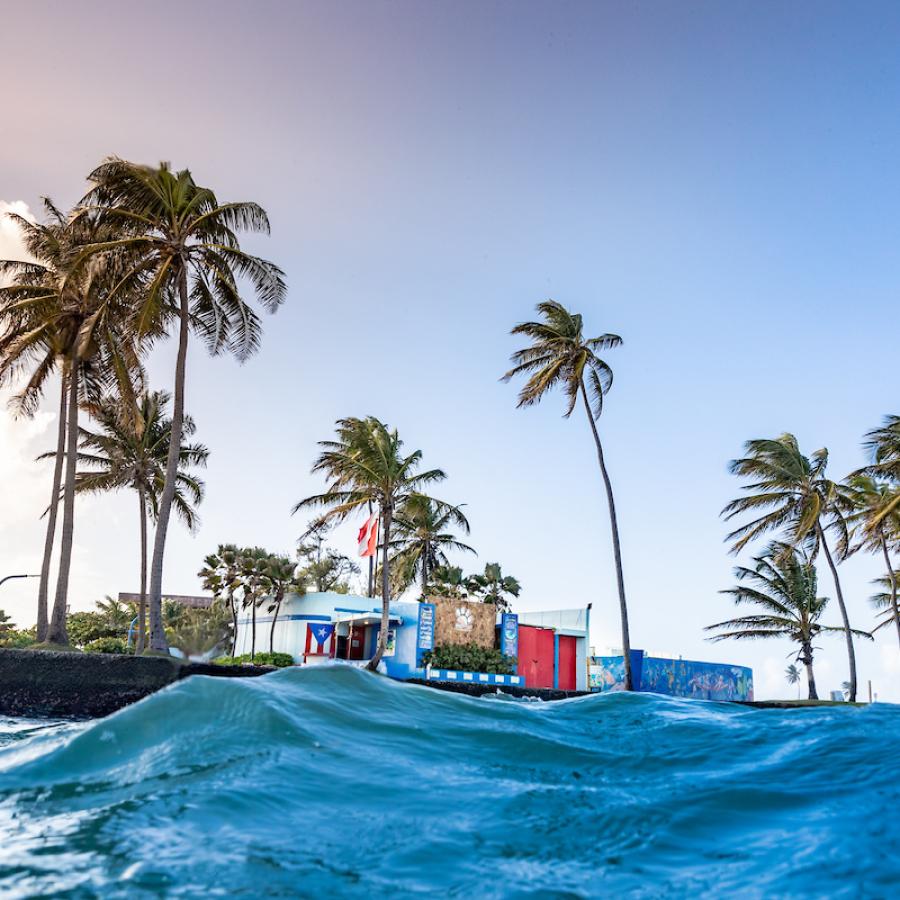
El Escambrón Beach offers clear-blue water and snorkeling right in San Juan.
Day five: ¡Hasta luego!
It is your last day in Puerto Rico… for now, and you should make the most of it. Spend a few hours lounging by your hotel's pool or head out to soak in the Caribbean sun a few extra hours. Head over to El Escambrón beach for some beach bumming. You can also hit the cobblestone streets for a final dosage of history in a small museum like the Museo del Mar to learn about Puerto Rico's maritime culture and do some last-minute local shopping.
Paradise for Your Inbox
Get travel inspiration, news, tips and more delivered monthly.
